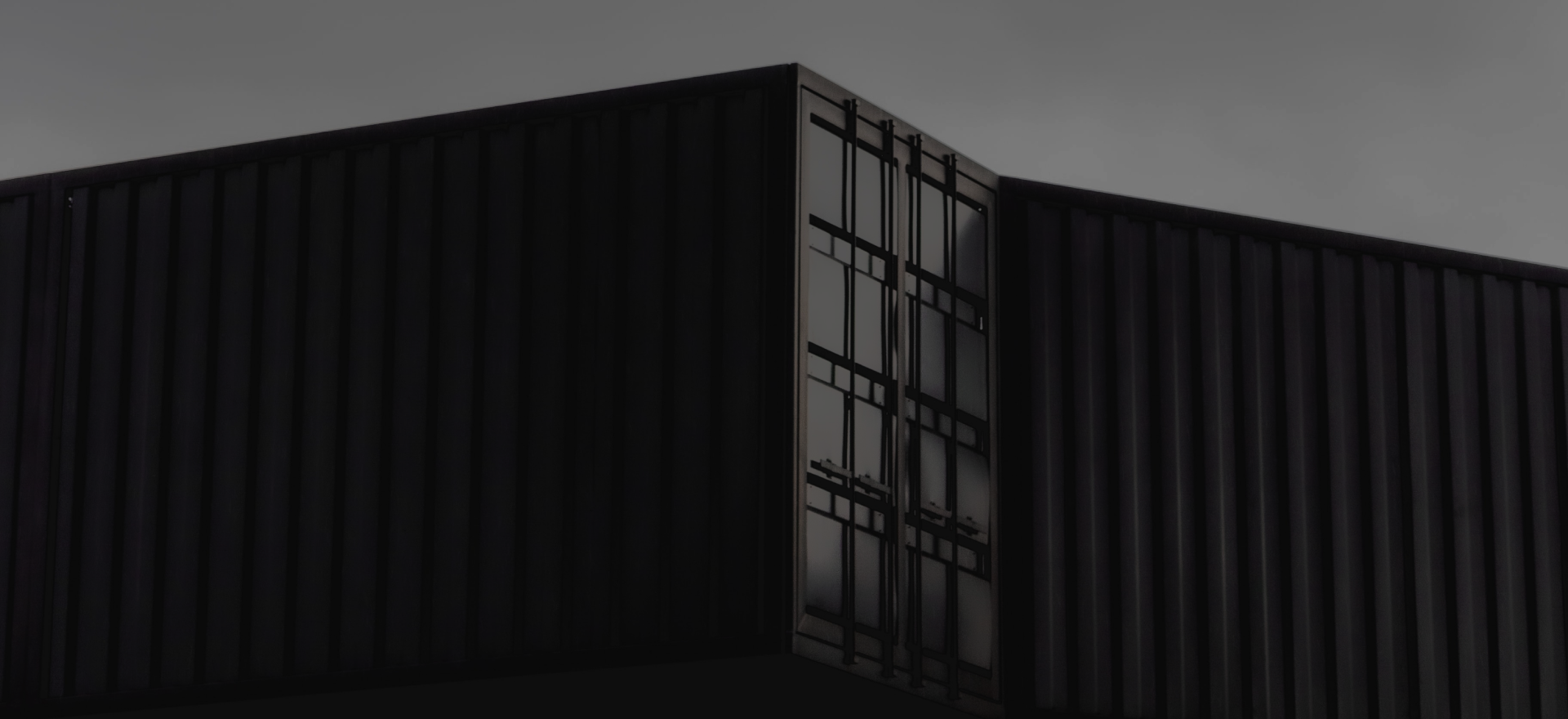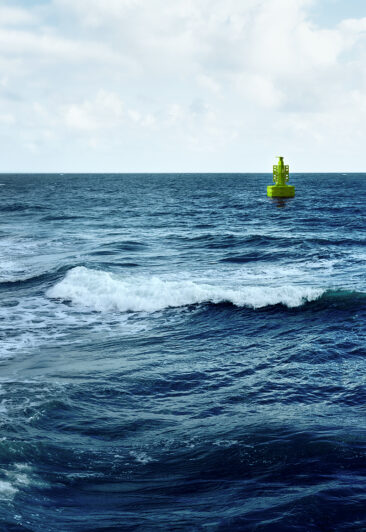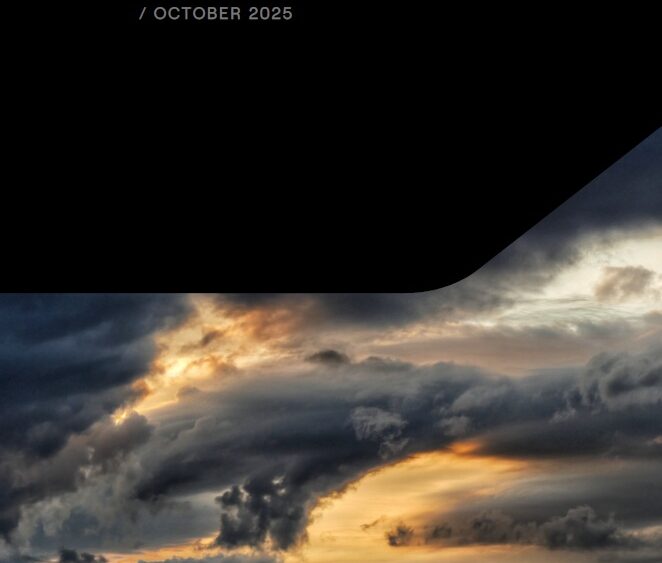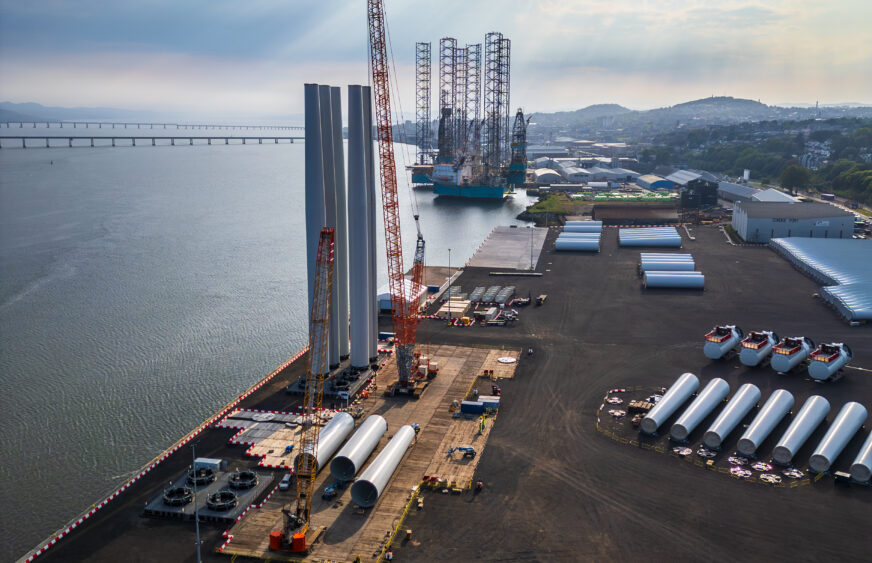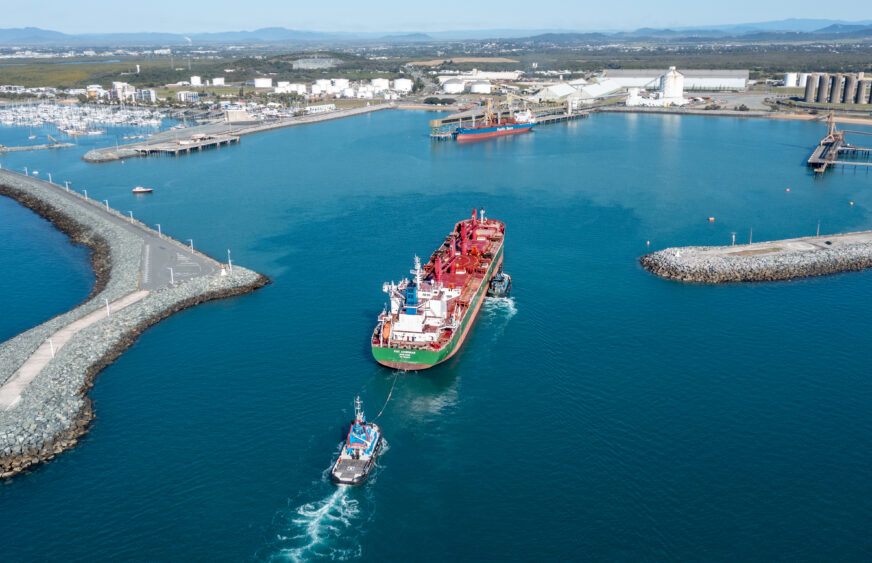 Offshore Protection
Offshore Protection
A watchful eye you can rely on
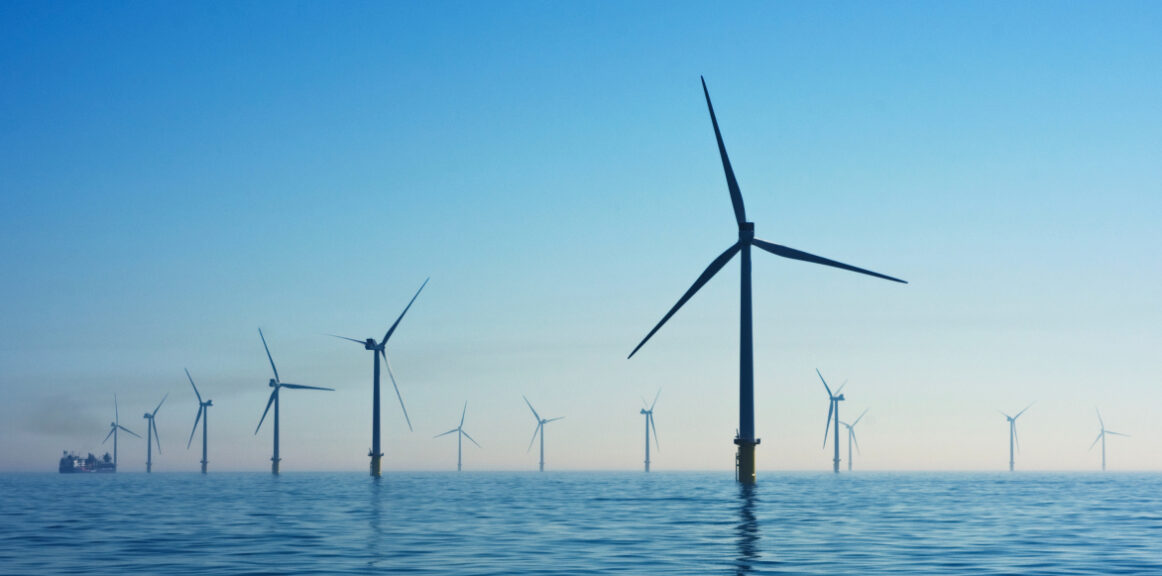
Distinguishes between expected and abnormal behaviour of ships
Risk-based pre-alerts and alerts to match operational procedures
Keeps watch for single objects or clusters of objects
Fast and easy reports on incidents or statistics for comprehensive analysis
Even at low speeds a vessel allision can have a substantial impact. It does not even take a direct strike for costly damage to occur. Masters of Fishing vessels may believe they are keeping good enough separation, without considering their equipment in tow is about to come in contact.
The offshore industry faces a whole range of risks that differ significantly from those observed on similar landside infrastructure. Vessel allision, blatant acts of piracy, and even politically motivated acts with intent to cause harm are not completely out of the question in today’s global climate. Today some vessels employ radar, Electronic Chart Display and Information System (ECDIS) combined with Automatic Identification System (AIS) to help mitigate their own risks at sea, especially as fixed infrastructure is becoming more and more prevalent next to shipping routes. Nevertheless, the true effectiveness of these ship-born measures for prevention of accidents depends greatly on the experience and fatigue levels of the vessel crew using them.
The Tidalis platform protection solution can provide the offshore industry with a extra layer of assurance. Our systems can provide invested parties with continuous, accurate, and real-time monitoring of their offshore assets and with the unparalleled technical capability to detect hazardous situations like vessels steering too close to infrastructure in good time to react.
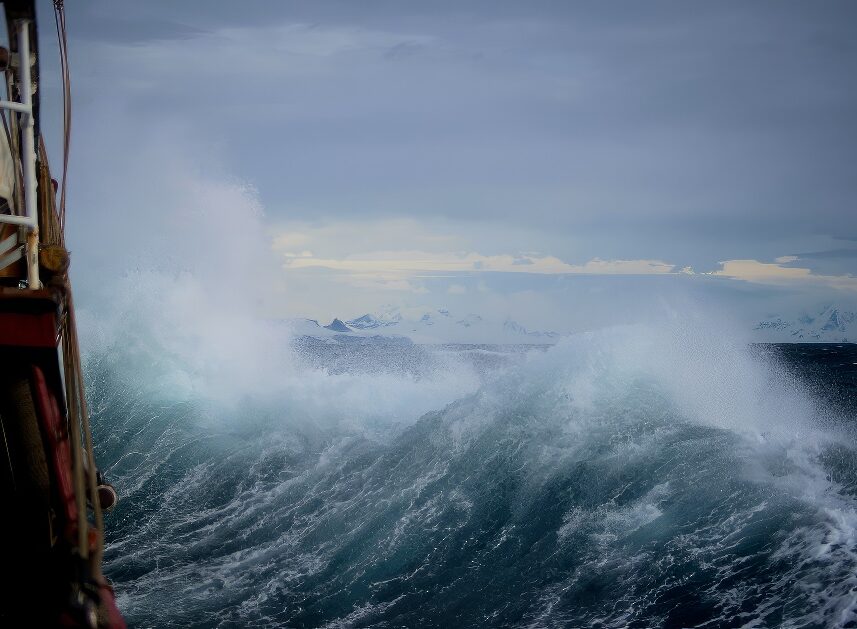
A different class of solution
Unlike radar or AIS-only solutions, asset protection systems are specifically designed with offshore operations in mind:
- Differentiation between pre-alert and alert stages, depending on the risk level
- The option to automatically shut down platform operations in a timely manner
- Automatic suppression of alerts for vessels that are intended to be close
- Local and centralised configurations, with the possibility to keep watch from shore
- Support for watching multiple platforms at the same time
- All possible combinations of radar and AIS equipment
- Sectorised watches that adjust to day or night-time schedules
- Allows tracking of approaching helicopters equipped with Automatic Identification System (AIS) transponders
Together, these features provide a safety net that alerts operators of hazardous situations they may have missed.
Intelligent alerting
Reliability is the most important factor in alerting. This starts with accurate tracking of all objects in range. Our target tracker is the same one we use for our large-scale Vessel Traffic Services systems around the world. With over 30 years of development, it handles offshore environments with ease.
The alerting system examines vessel behaviour, in particular whether they follow standard shipping lanes. Vessels that match the right criteria are automatically linked to a route. As long as they stay within the limits of that route, no unnecessary alert will be generated, even though they appear to be heading towards a protected object.
Recording and replay
For analysis of incidents recording and replay is an indispensable tool. The system includes radar video, AIS data, voice communications, tracking data, alerts, operator commands and camera footage. Recordings can be exported to standard format videos for stand-alone replay outside the system.
Other features
MaritimeControl provides many features that make it well-suited to the task. The user-friendly situational display uses familiar Electronic Navigation Charts (ENCs) with overlays of feature-specific maps such as guard zones. Among useful measurement tools, you will find the Closest Point of Approach (CPA) tool, which indicates for example how close vessels will pass by a guarded object and when.
In addition to an ergonomic display, we provide:
- support for a wide range of radar and AIS equipment;
- an interface with external surveillance systems with the standard Inter VTS Exchange Format (IVEF), e.g. nearby platforms;
- an option for fault-tolerant high-availability implementation.
Benefits of being a Tidalis customer
Through our experience, we know what it takes to design and install solutions for platforms. We have our own certified personnel who understand the technology and the operations. We offer support services 24/7 and comprehensive training for operators and maintenance engineers.
The expertise we build together
